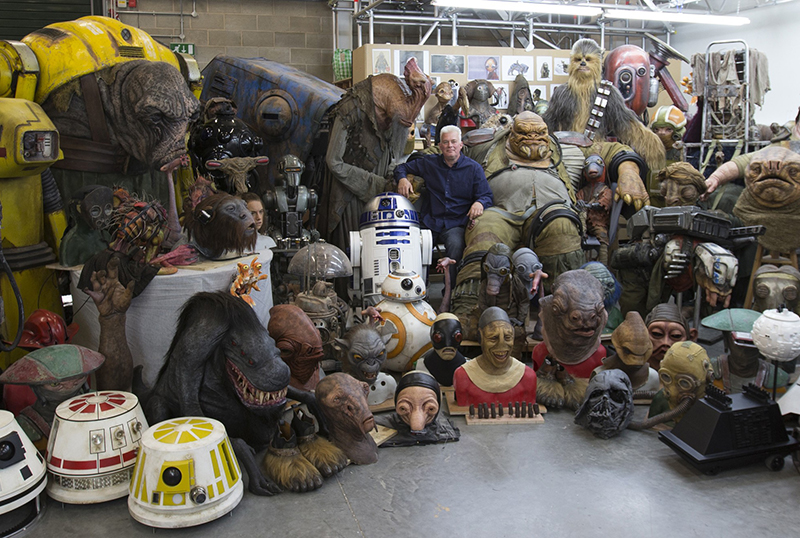CS Interview: Effects artist Neal Scanlan on working on Star Wars sequel trilogy
While many fans are off enjoying the digital and Blu-ray debuts of Star Wars: The Rise of Skywalker, ComingSoon.net got the opportunity to chat with special effects and make-up artist Neal Scanlan to discuss his work on the sequel trilogy. Click here to purchase Rise of Skywalker!
RELATED: Cassian Andor Series to Bring Back Unused Star Wars Characters, Creators
Returning cast members for The Rise of Skywalker include Daisy Ridley, Adam Driver, John Boyega, Oscar Isaac, Lupita Nyong’o, Domhnall Gleeson, Kelly Marie Tran, Joonas Suotamo and Billie Lourd. Joining the cast are Naomi Ackie (Doctor Who), Richard E. Grant (Logan), Dominic Monaghan (Lord of the Rings), and Keri Russell (The Americans), who will also be joined by veteran Star Wars actors Mark Hamill, Anthony Daniels and Billy Dee Williams, who will reprise his role as Lando Calrissian. The role of Leia Organa is once again played by Carrie Fisher, using previously unreleased footage shot for Star Wars: The Force Awakens.
In addition to directing, J.J. Abrams co-wrote the screenplay with Chris Terrio (Argo, Justice League). Kathleen Kennedy, Michelle Rejwan, and Abrams will produce, with Callum Greene and Jason McGatlin executive producing. Composer John Williams, who has scored every chapter in the Star Wars saga since 1977’s A New Hope, will return to a galaxy far, far away with Rise of Skywalker.
RELATED: Damon Lindelof Interested in Doing an MCU or Star Wars Project
Having been signed on to work on the series before even J.J. Abrams was attached to helm The Force Awakens, Scanlan describes the feeling as one of excitement, but also one of oddity as “you can’t really even talk about it.”
“It was almost a childlike notion, when you want to tell somebody about something and you tell them you can’t do that,” Scanlan described. “So it was the strangest thing because I was able to talk to some people close to me, certainly early ideas of who I would use the concept to, the kind of ideas that we wanted to bounce around, and this was, as you say, way before we were even contacted by JJ. So there was a short period of time where we were just trying to understand what made Star Wars so unique to the Star Wars fans? I mean, from the practical effects world, what was our responsibility and what were the challenges and what did we need to be sensitive to? And so, it was kind of a period of trying to sort of put ourselves in, put myself into that world and really try and be faithful to myself.”
Scanlan revealed that franchise creator George Lucas was not very present during the early development days even prior to Abrams’ hiring, and that when the Star Trek director signed on he was around even less in order to allow the artists to “familiarize” themselves with Abrams.
“It was quite a nice way to throw some additional ideas around, without any influence where there’s any comment from anybody, really,” Scanlan explained. “I think for him to focus on himself and get a sense of maybe the world that was out there and to maybe have time to consider some designs and some situations not only from what was happening over on George’s side, but what’s happening in the UK. And so, there was definitely a period of just sort of free-spirited approach to what we were about to do.”
During this time, Scanlan recalls there being “so many sides that don’t make it to the film,” with numerous aliens and creatures being left on the drawing board that he believes “could’ve found their place” in the Star Wars lore, but that he and his teams were “very proud of the worlds” that they created and noting there is “still a huge back catalogue” of creations that could be featured in a future film. While the original trilogy included designers such as Phil Tippett, whose work would be reused even in the prequels, Scanlan found one major ownership with the large portion of the destroyed Death Star seen in The Rise of Skywalker.
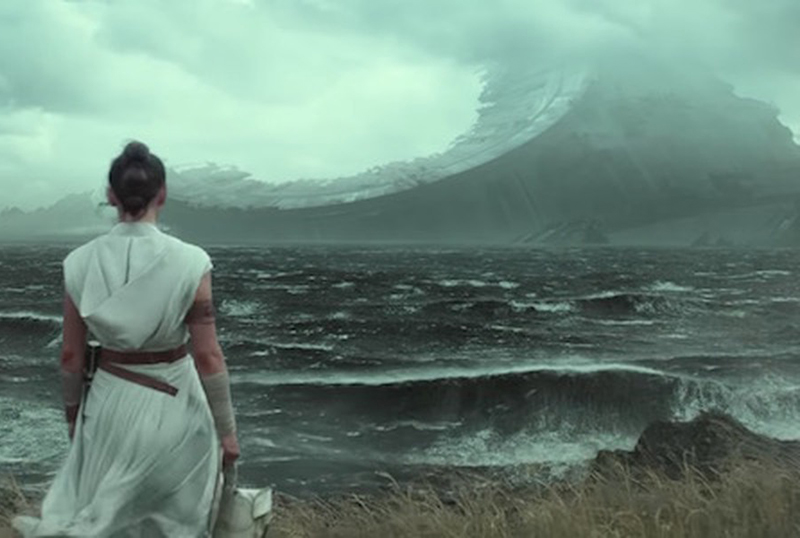
“To approach it not as a huge hydraulic or as a huge mechanized entity, there was something that’s much more theater based, something that would be imposing or impressing on the screen, but I didn’t want the audience to think it to be animatronic characters,” Scanlan said. “So I was certainly thinking in those particular cases, and that’s true of things like the sea wreck and again, in a sense that that was shot on a location right next to the roaring sea, etc., etc. So I think they’re the things to me which we presented back to the director as a, ‘Could we do this, or how do you think about this?’ Obviously, it takes a huge chunk of trust and competence from JJ when you propose something like that on paper and then you think that the gap between, oh yes, this is a really good idea, to actually shooting in the Afghani desert to doing it on the Ivinghoe coast. I’m proud, because in a sense, we created challenges that the directors were amazing enough to say let’s do it.”
In addition to having worked on the sequel trilogy, Scanlan also worked on the anthology efforts Rogue One and Solo, with the latter being notorious for the creative shift mid-production with the hiring of Ron Howard (Inferno) to replace Phil Lord and Chris Miller (The Lego Movie). Despite the firing of the duo, Scanlan describes having had “a fantastic period of time with Phil and Chris” and that while having used many influences unique to their directorial style that helped to “create an atmosphere,” not many elements changed after their departure.
“In many ways, they were there, they were already there,” Scanlaid said. “What maybe changed when Ron came on board was maybe the story acts had changed slightly, maybe the collection changed slightly and things were took on more of Ron’s concept, where he would take that particular movie. But, I can’t think of anything that wasn’t already on the cards, already being built, that Ron changed, which was tremendous.”
In between working on Solo and The Rise of Skywalker, Scanlan and his team ventured off into another major blockbuster franchise with Jurassic World: Fallen Kingdom and while finishing work on that project they were close to beginning work on the conclusion to the Skywalker Saga before another sudden shift with the departure of Jurassic‘s sequel trilogy head Colin Trevorrow in favor of Abrams’ return. Though the latest Star Wars film has also become notorious for having a page-one rewrite of Trevorrow’s script, Scanlan and his team were “beginning to get a sense of what was shaking out” on the film and hadn’t made any “real head way” on the project.
“I think the odd part was with Jurassic we had Colin, but we were just at the talking stage, so when JJ came on board, he really wasn’t interested from the first page,” Scanlan said. “It just so happened that schedule wise, when JJ arrived, it was more or less the time that we were finishing up working on Jurassic, yeah.”
With Abrams having alleged in the months leading up to the Skywalker‘s release that he had less time on production with it than he did for Force Awakens, Scanlan found that one of the biggest challenges for him and his team was that in working with Abrams the first time around, they “were all a little less sure of ourselves,” as well as “less sure of each other.”
“This was the beginning of a relationship that was right across the board, and that relationship was very quickly rekindled when JJ came to do Skywalker,” Scanlan described. “So we were able to run with him without having to sort of go through any approval stages, there was no lack of trust with him. Certainly JJ had the trust and had confidence in it. So it was less of a proving ground and more of a case of responding quickly and efficiently to JJ’s thought process. Obviously, his thought, he was writing the script in the condensed time, and ideas would come from not only his own world, but maybe from things that he might see would be triggered in other aspects of his work through production. The biggest challenge I think was to be able to get on the level of crew and keep building in a much, much larger way, yet still hold onto the essence of what we were trying to do. One had to quickly listen to a story idea that JJ may have, and then, if at all, it changed in another direction, often that means to where it’s not so much that there’s going to be a change in the design, but there’s going to be a change in the execution and he’s not going to shoot. He was going to shoot somewhere else and was going to a location or this is changed. So that was the biggest challenge, I think, was being able to adhere, and really keeping your eye on the ball in a sense of being able to manage that and respond to that and still arrive on the day on set, you know, adjust to what JJ expected, just to arrive and be able to execute.”
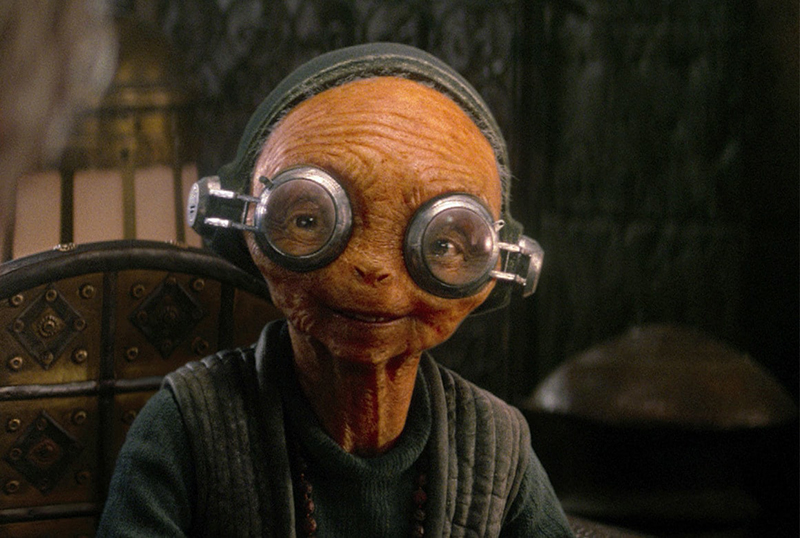
One thing that Scanlan and his team got to work on this time around was going back to Abrams’ original goal for Lupita Nyong’o’s Maz Kanata to be a practical character rather than CGI, as she was in The Force Awakens and The Last Jedi, which Scanlan says came from a time strain on the first film.
“We sort of wrestled with what was the right thing, and you get that unique moment, and in Maz’s case, it came too late in the day for us to be able to do anything practically,” Scanlan said. “This time around, we would be able to think about that earlier on, but also, develop some of the scenes that we both carry, JJ felt there would be a greater authenticity in all respects to try and do this alive on the set, and so she became yet a huge challenge for us. Not bemoaning, but there was a lot of sequences that we shot that we didn’t see in the final film. I think through the production process, we were always seeing the film. So she was built on a strong and sophisticated level, to be able to coalesce with something that JJ asked.”
In looking to the future, Scanlan does see the possibility that “opportunity may knock” for him to return to the Star Wars universe, speaking on the fact he “really enjoyed my time” on the films and that he does “wish to continue to stay there” as it continues on into the small-screen business and that the world of practical effects could continue to live on in the world of entertainment.
“I think that what is wonderful about your creative term, if you can call it that, is being a very young man, being involved in animatronics in the very early stages, as opposed to being where we are now, you have the one thing which only time will give you, which is wisdom and a certain amount of experience that any time can do to you,” Scanlan said. “I feel certainly with ILM and certainly with the creative opportunities that digital technology offer, that practical effects can stand side-by-side with digital effects and can do so, one, because technology is where we can escape the real physical world, but also, I think creatively to bring the two technologies together would use some of the things that digital can do, you know, that we can’t do. That combination, I believe, still has enormous amounts of exploration, and I find that very exciting, that neither technology is necessarily strongest, I believe on its own. I think some of the strongest things come out of when those technologies come together and you work on finding imagery and finding ways of doing things which are new and refreshing, new and refreshing to the audience. That to me is exciting and I’m trying to do that not only in the Star Wars world, but should any other production wish to try and sort of take an aspect of practical effects or try to do something practically, that would be the way I think to look at it.”
Star Wars: The Rise of Skywalker is available for digital purchase, 4K UHD and Blu-ray now!
Star Wars: The Rise of Skywalker
-
Star Wars: The Rise of Skywalker
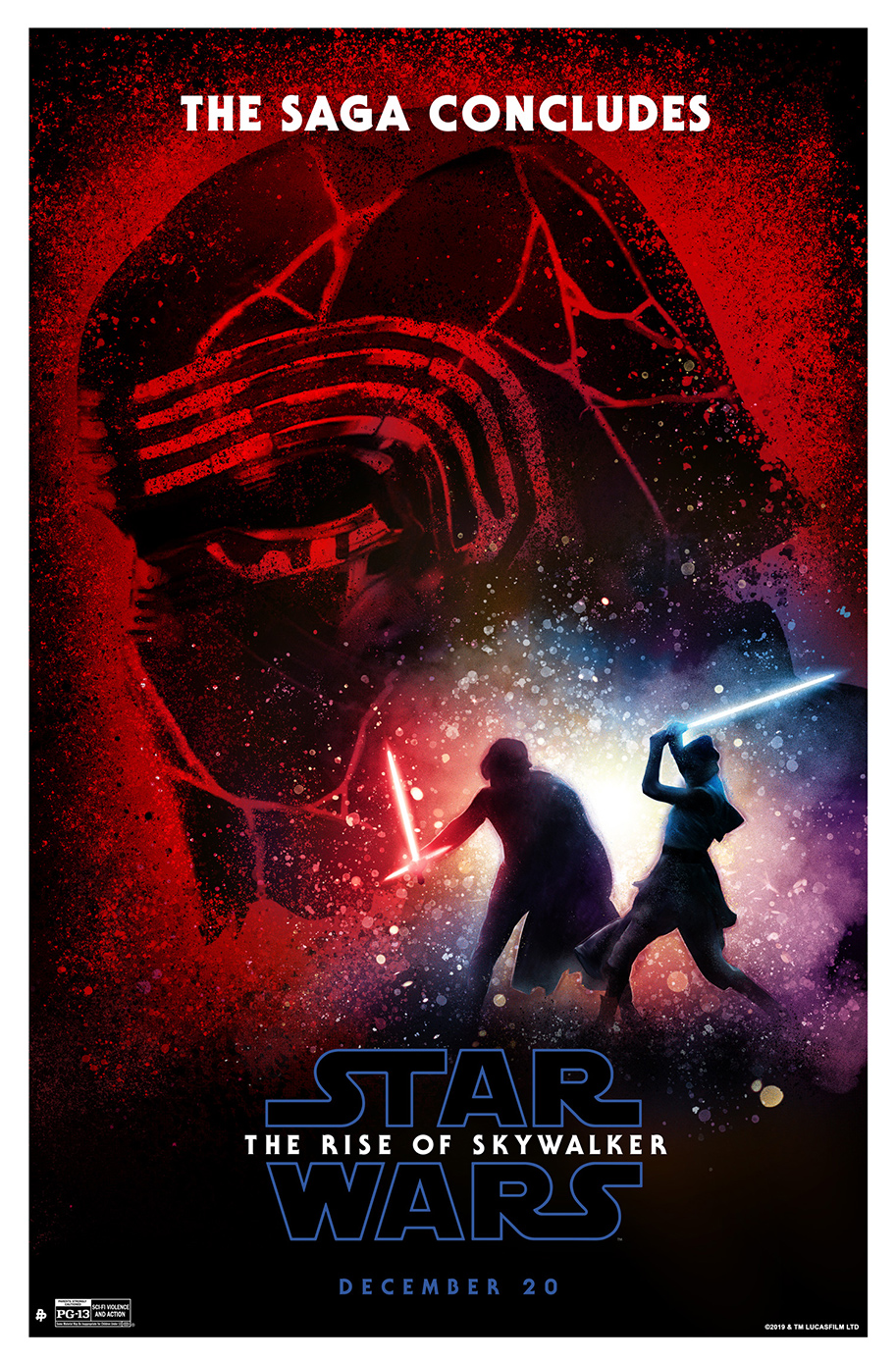
-
Star Wars: The Rise of Skywalker
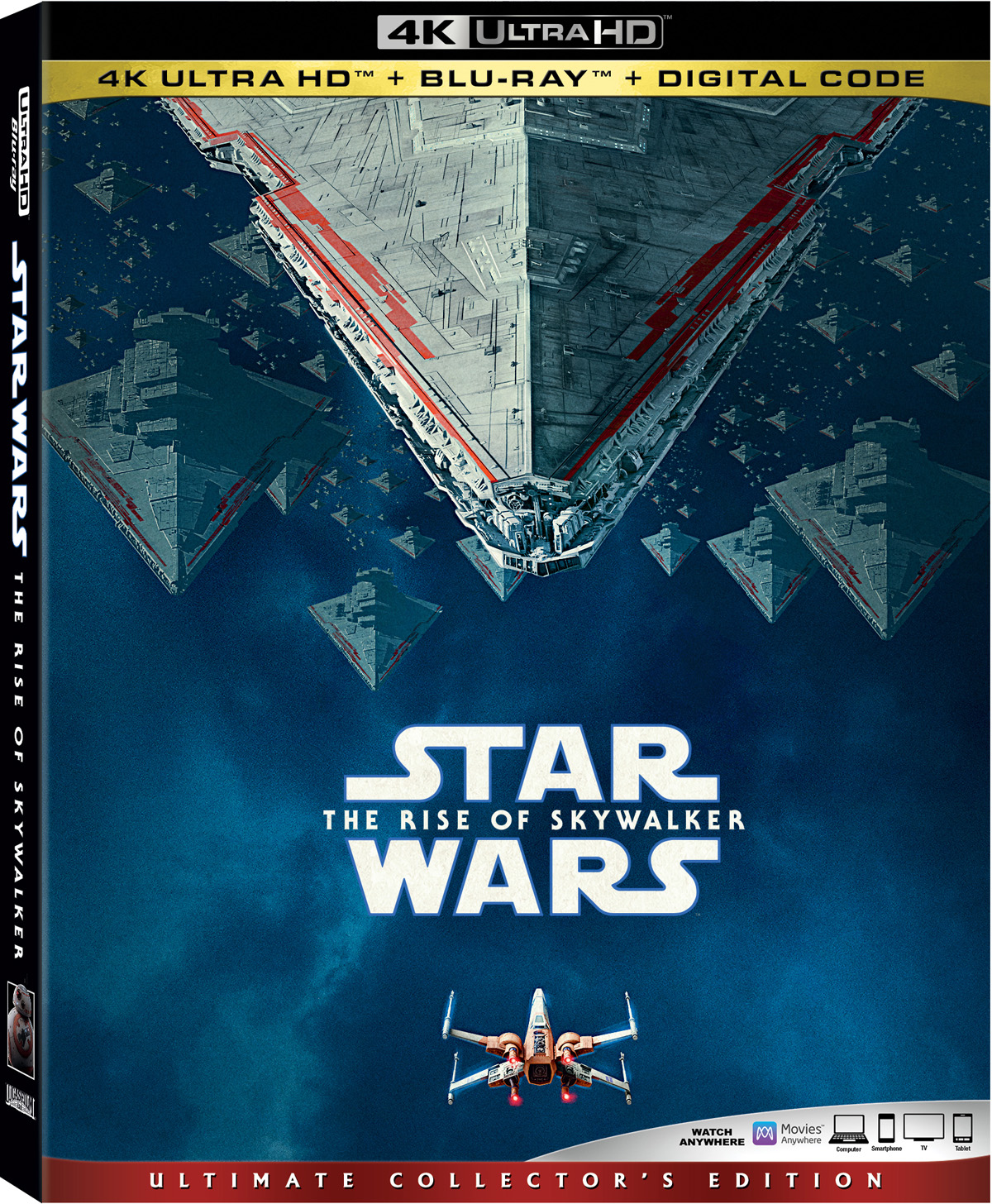
-
Star Wars: The Rise of Skywalker
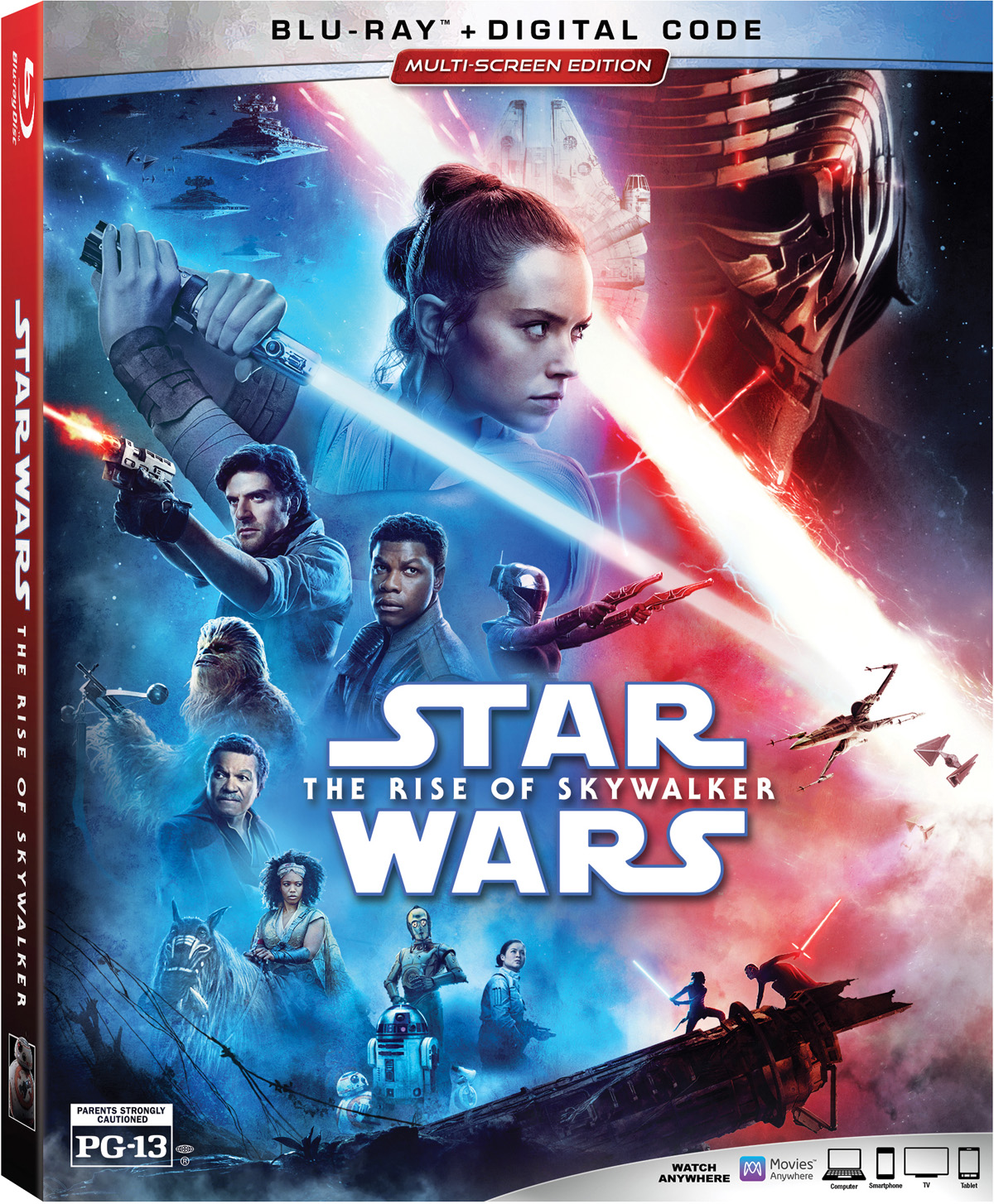
-
Star Wars: The Rise of Skywalker

Best Buy Exclusive Set
-
Star Wars: The Rise of Skywalker
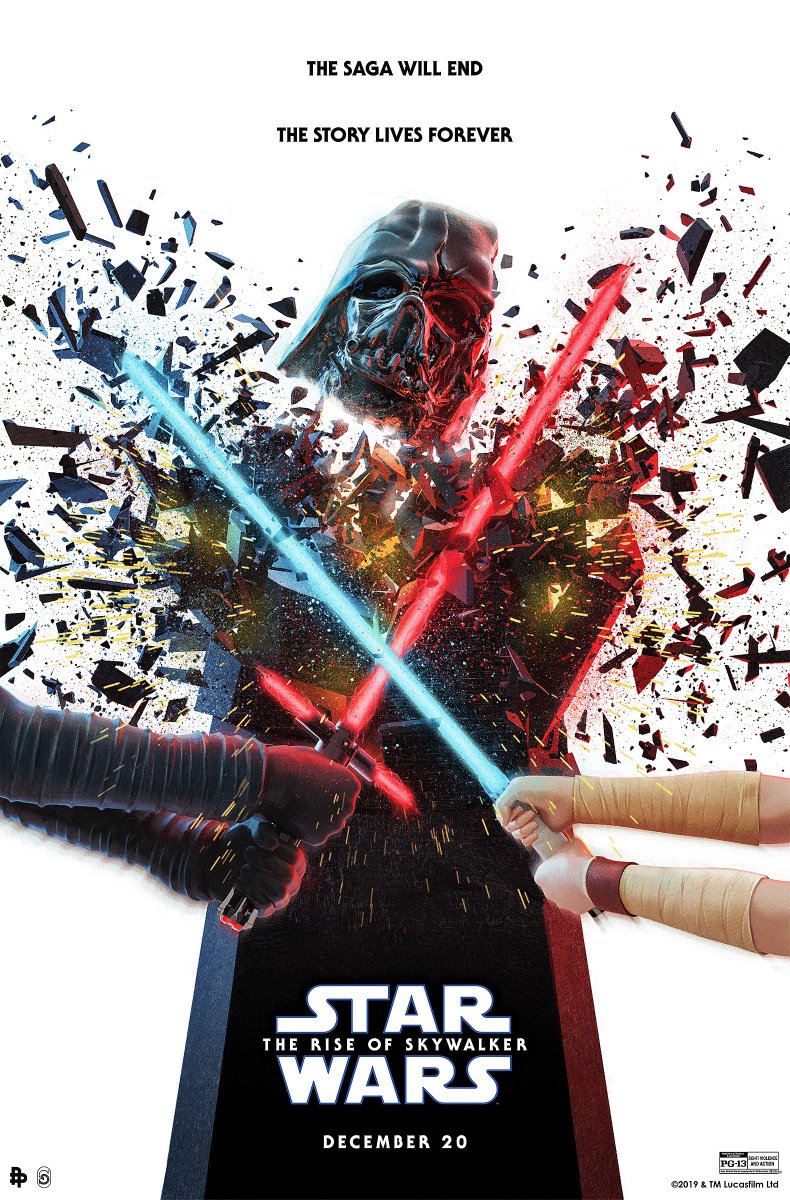
-
Star Wars: The Rise of Skywalker

-
Star Wars: The Rise of Skywalker
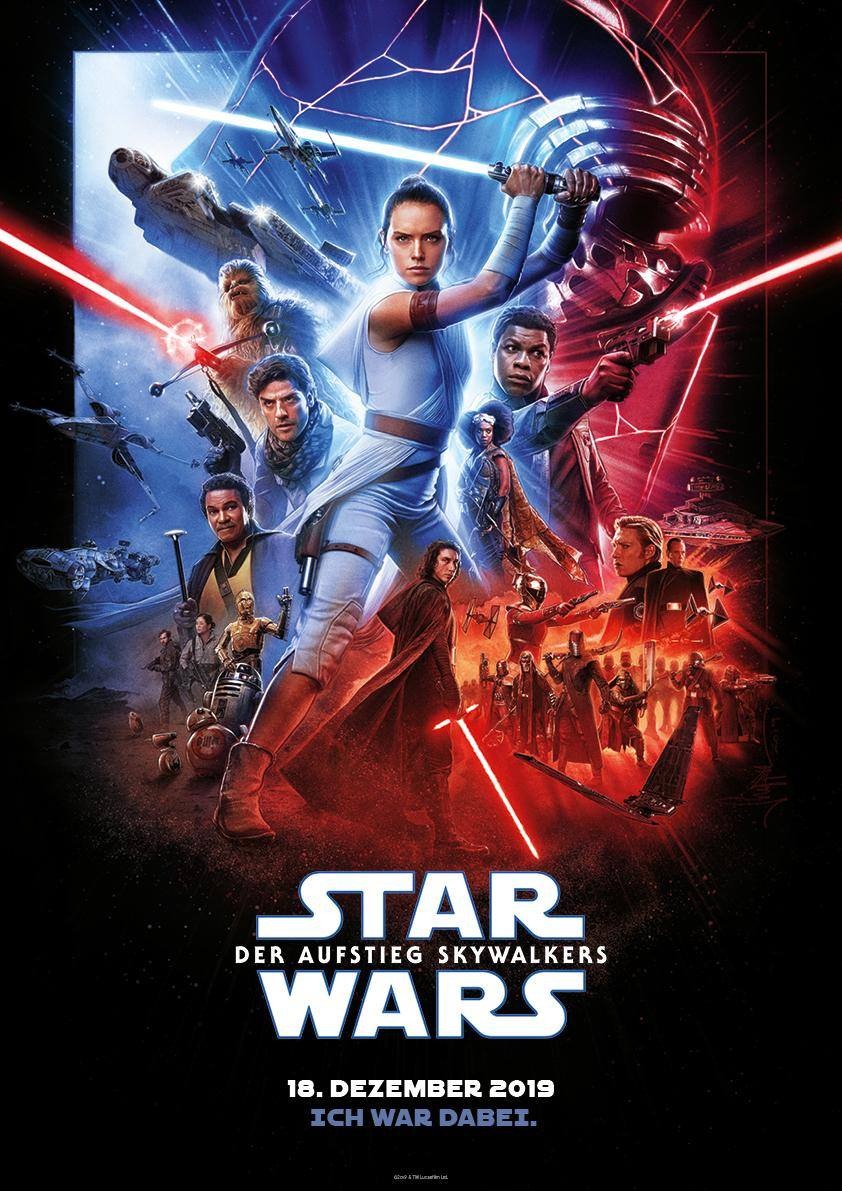
-
Star Wars: The Rise of Skywalker
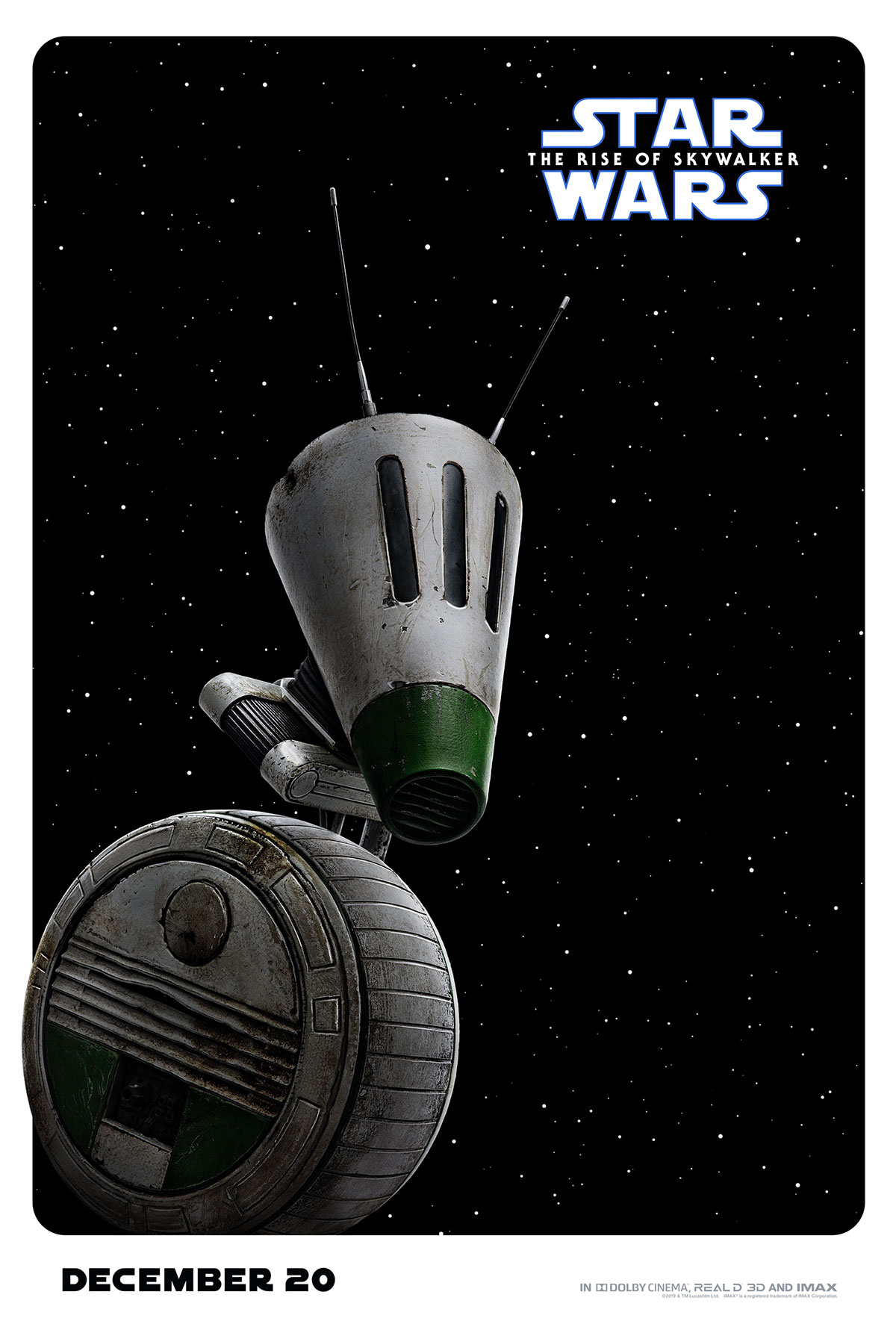
-
Star Wars: The Rise of Skywalker

-
Star Wars: The Rise of Skywalker
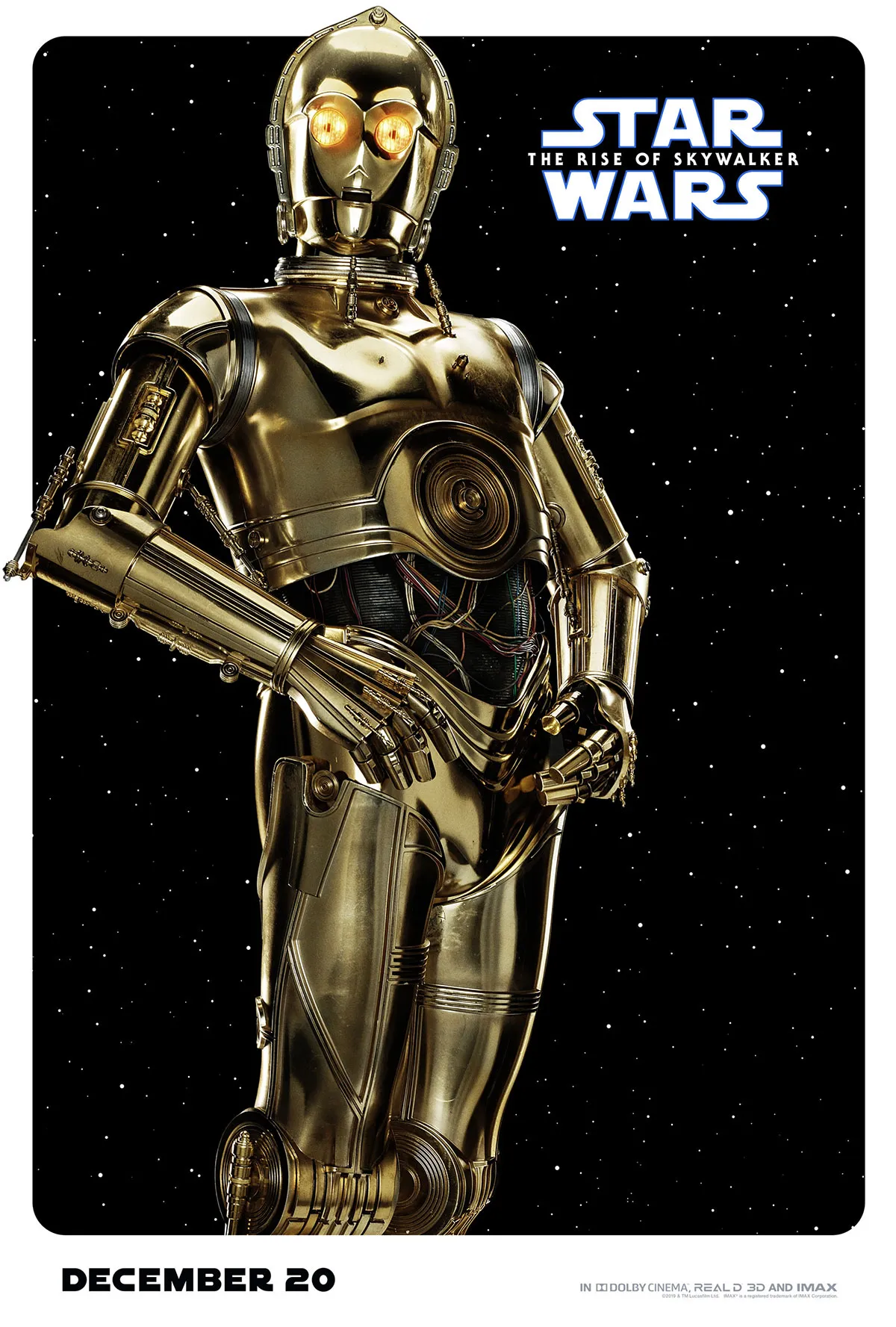
-
Star Wars: The Rise of Skywalker
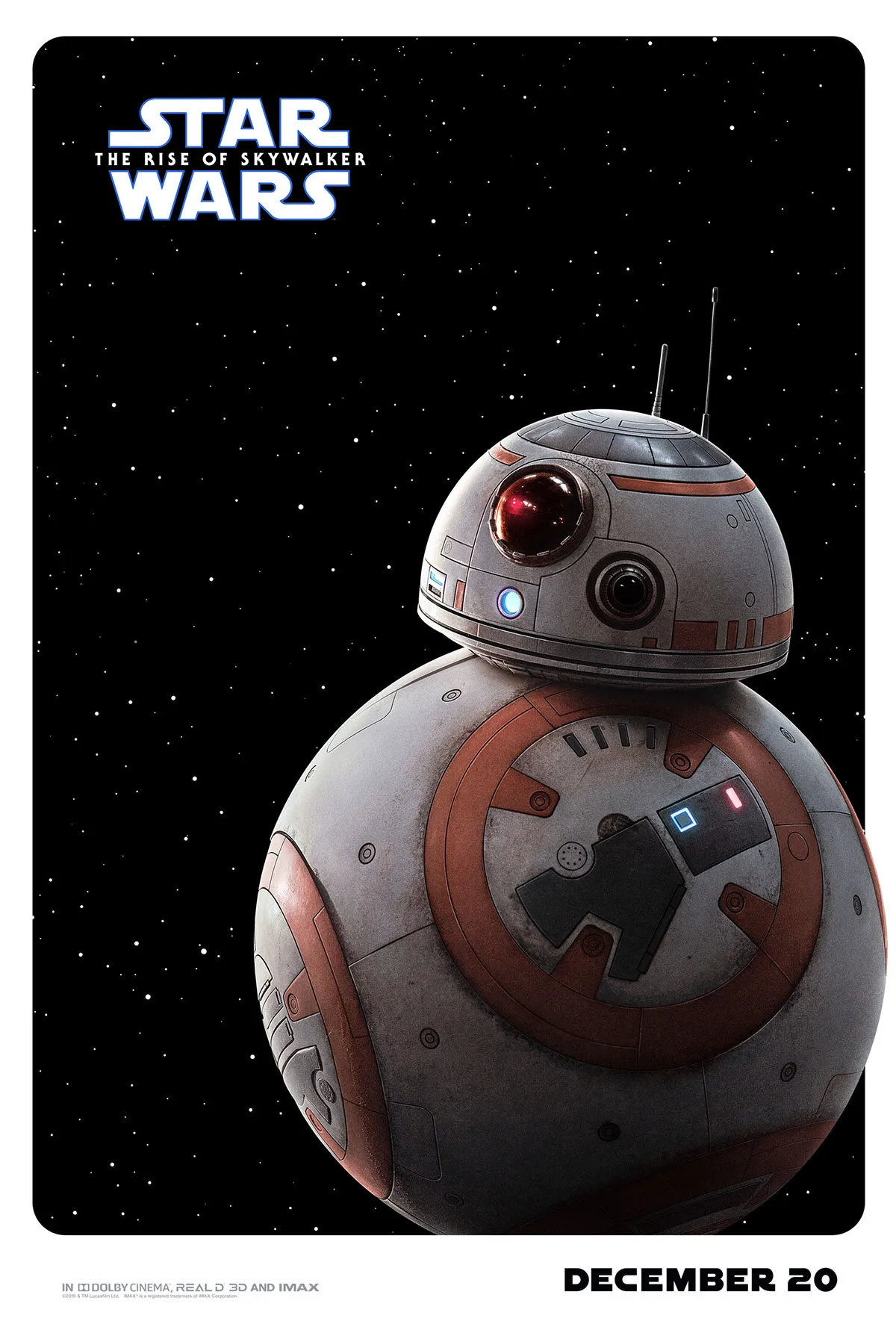
-
Star Wars: The Rise of Skywalker
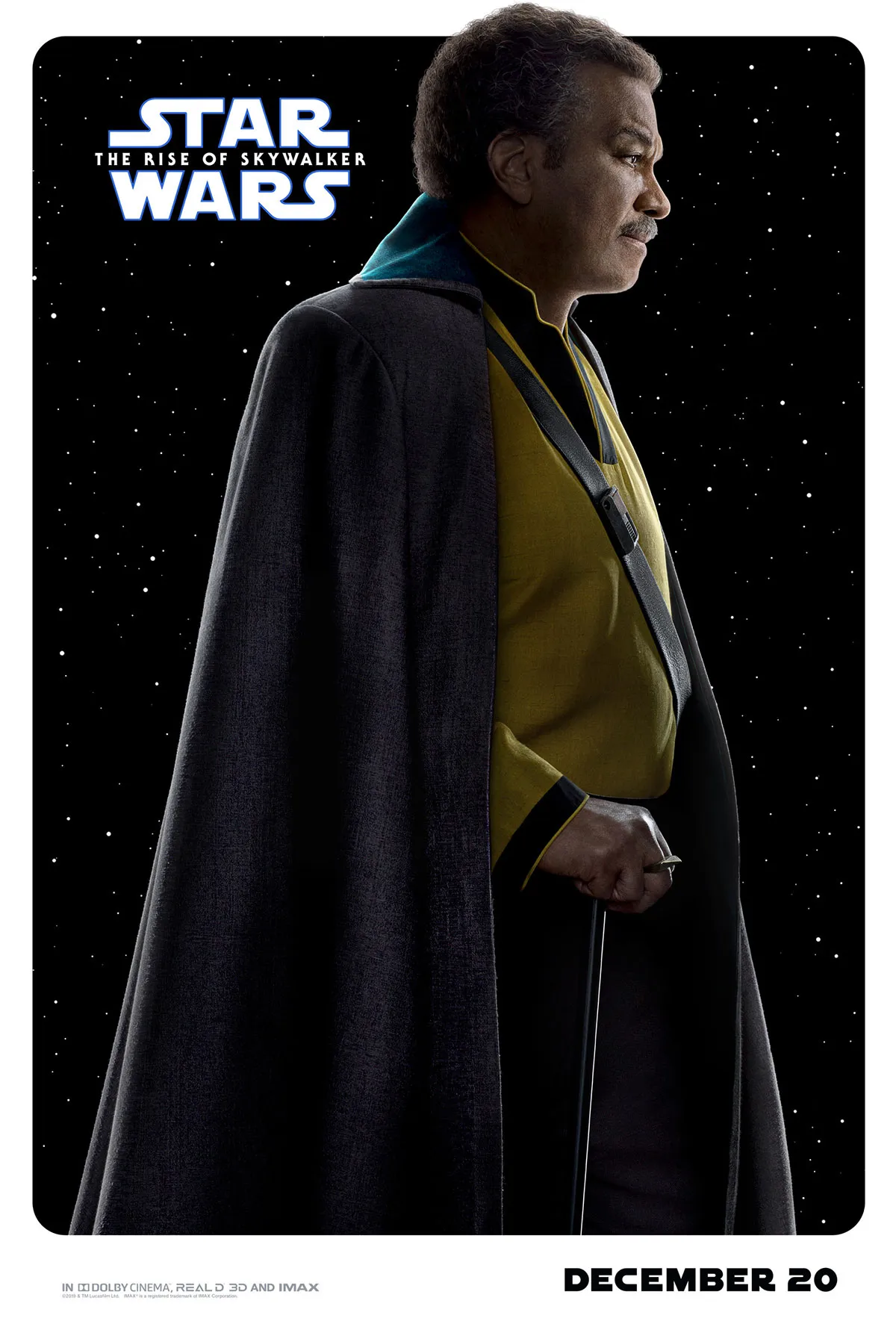
-
Star Wars: The Rise of Skywalker

-
Star Wars: The Rise of Skywalker

-
Star Wars: The Rise of Skywalker

-
Star Wars: The Rise of Skywalker
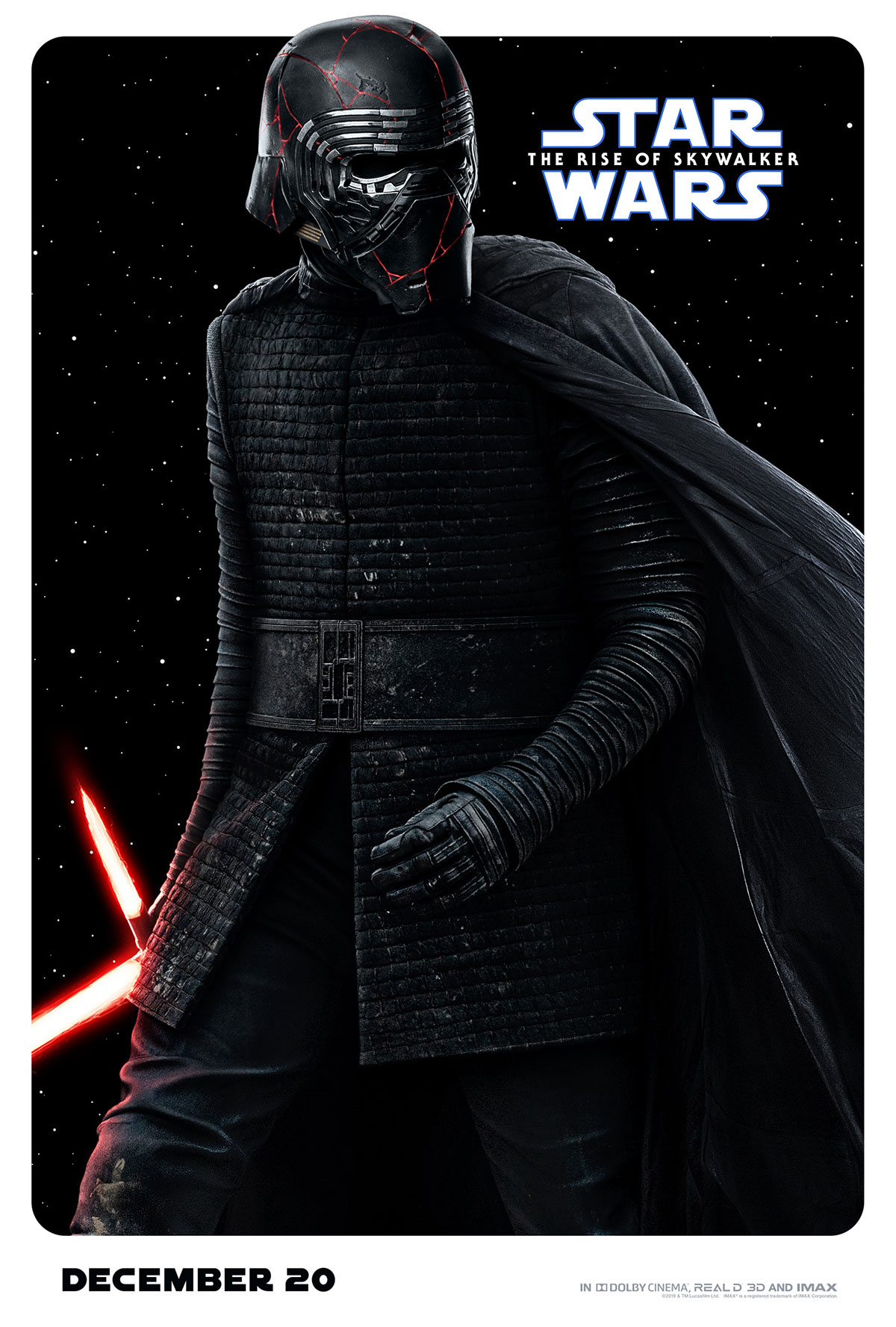
-
Star Wars: The Rise of Skywalker
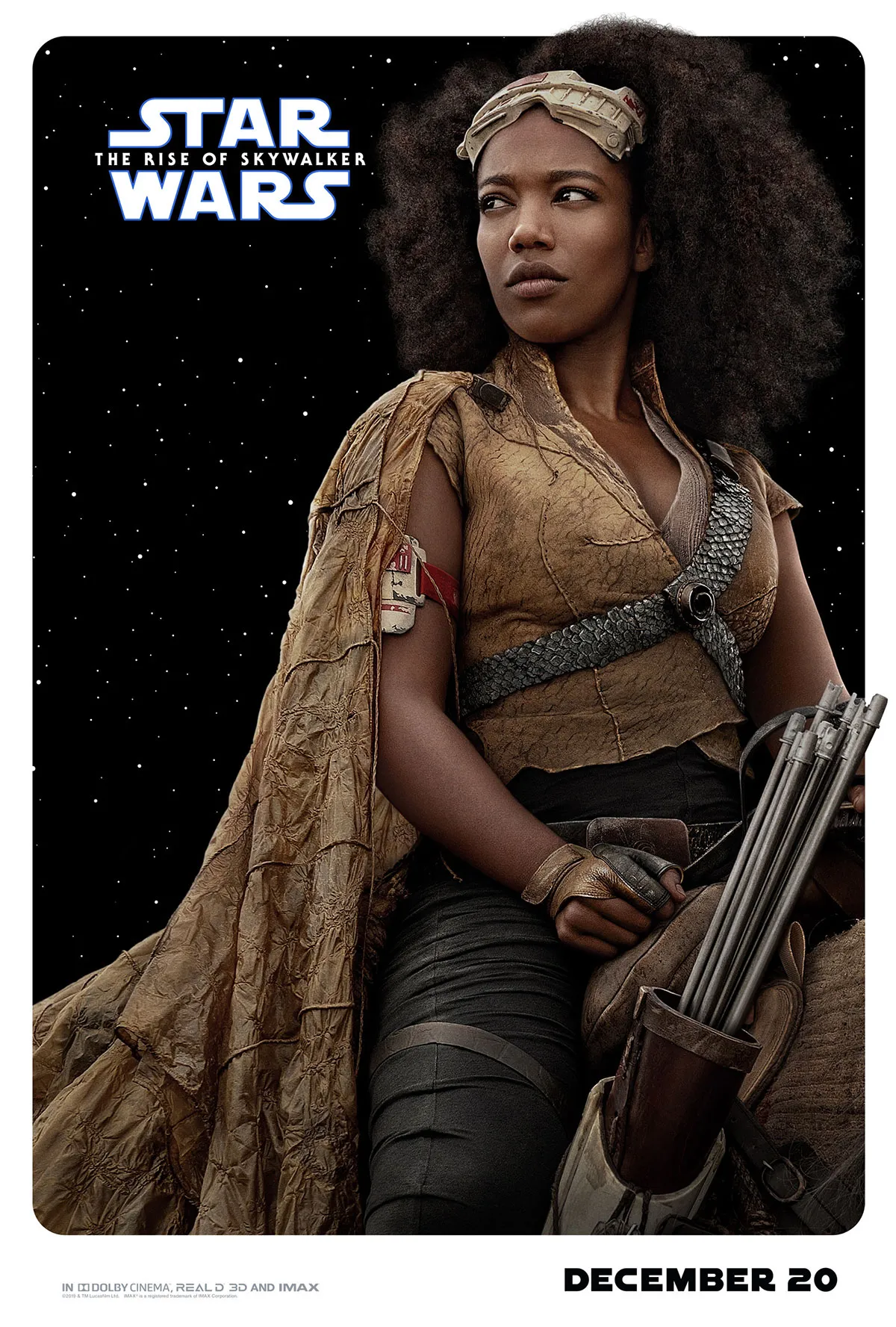
-
Star Wars: The Rise of Skywalker
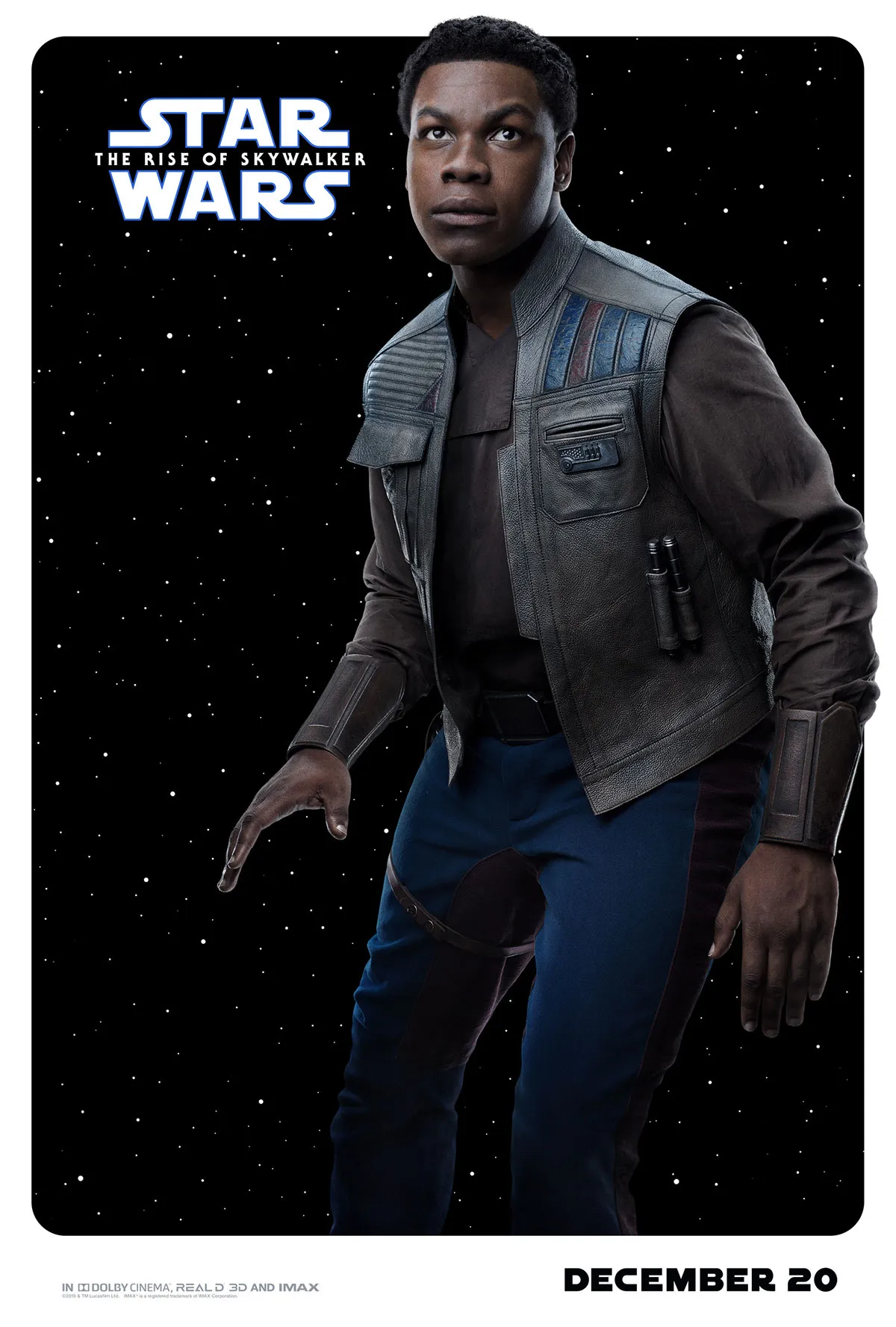
-
Star Wars: The Rise of Skywalker

-
Star Wars: The Rise of Skywalker

-
Star Wars: The Rise of Skywalker

-
Star Wars: The Rise of Skywalker
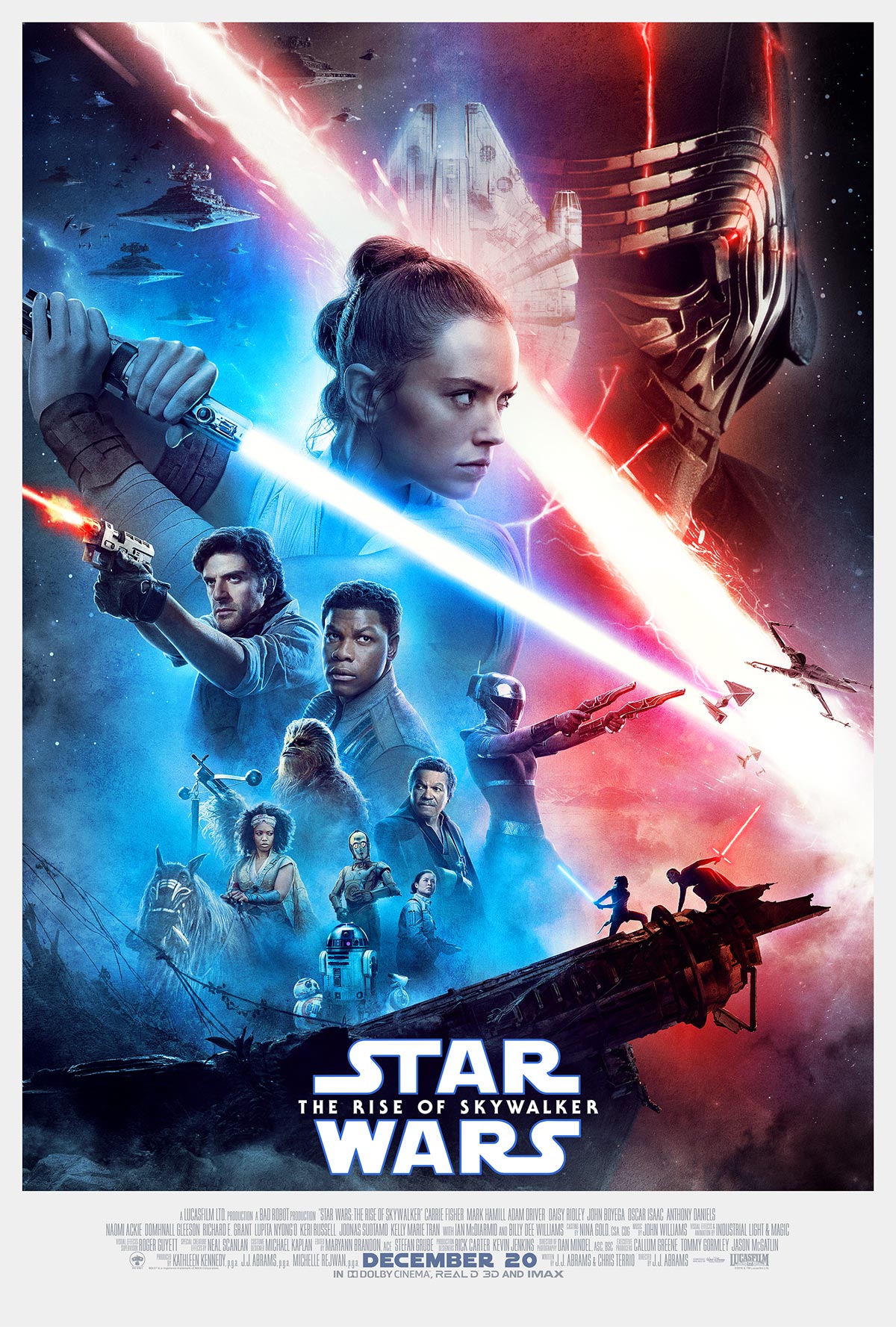
-
Star Wars: The Rise of Skywalker
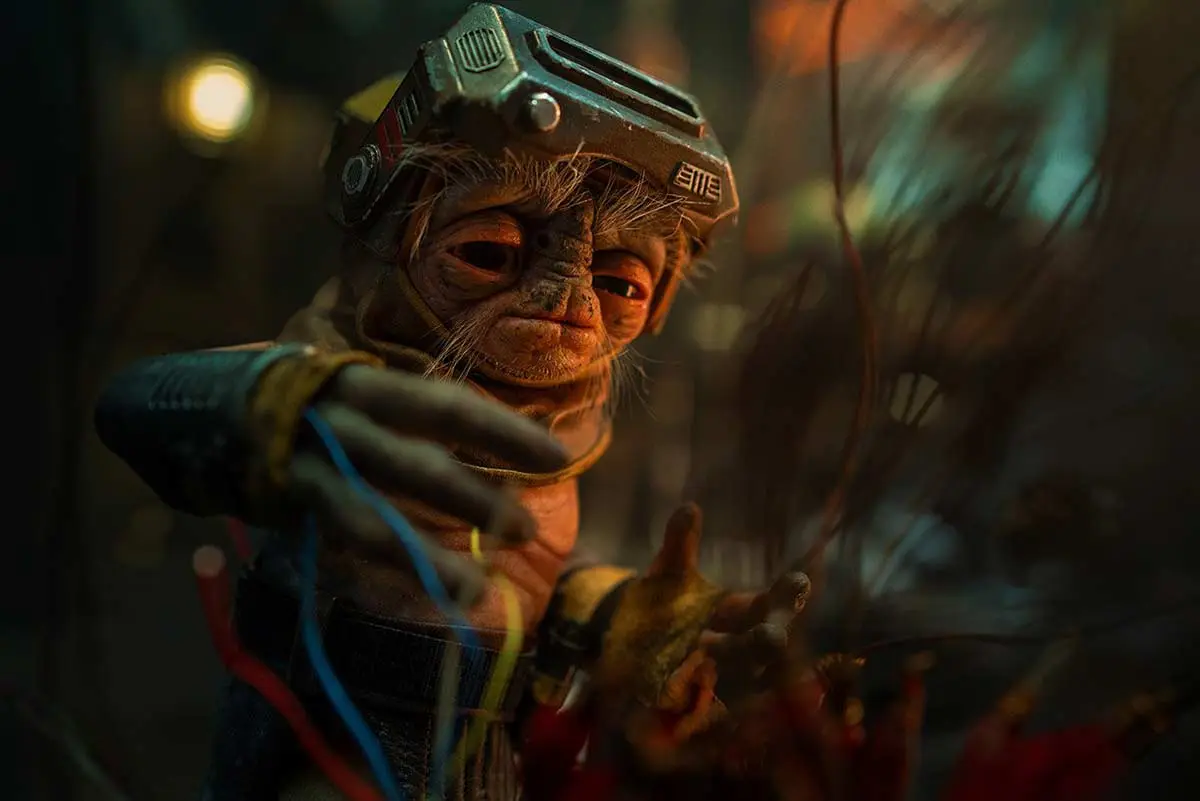
-
Star Wars: The Rise of Skywalker

-
Star Wars: The Rise of Skywalker – Allegiance

-
Star Wars: The Rise of Skywalker

null
-
Star Wars: The Rise of Skywalker

Rey (Daisy Ridley) in STAR WARS: EPISODE IX
-
Star Wars: The Rise of Skywalker

Memory of Victory’s Past in STAR WARS: EPISODE IX.
-
Star Wars: The Rise of Skywalker

Finn (John Boyega) and Poe Dameron (Oscar Isaac) in STAR WARS: EPISODE IX.
-
Star Wars: The Rise of Skywalker

General Leia Organa (Carrie Fisher) and Rey (Daisy Ridley) in STAR WARS: EPISDOE IX
-
Star Wars: The Rise of Skywalker

(Left to right( Chewbacca (Joonas Suotamo), BB-8, D-O, Rey (Daisy Ridley), Poe Dameron (Oscar Isaac) and Finn (John Boyega) in STAR WARS: EPISODE IX
-
Star Wars: The Rise of Skywalker

Kylo Ren (Adam Driver) in STAR WARS: EPISODE IX
-
Star Wars: The Rise of Skywalker

Rey (Daisy Ridley) n STAR WARS: EPISODE IX
-
Star Wars: The Rise of Skywalker

BB-8 and D-O in STAR WARS: EPISODE IX
-
Star Wars: The Rise of Skywalker

The Millenium Falcon in STAR WARS: EPISODE IX.
-
Star Wars: The Rise of Skywalker

Lando Calrissian (Billy Dee Williams) in STAR WARS: EPISODE IX.
-
Star Wars: The Rise of Skywalker

Kylo Ren’s restored helmet in STAR WARS: EPISODE IX.
-
Star Wars: The Rise of Skywalker

Rey (Daisy Ridley) in STAR WARS: EPISODE IX.
-
Star Wars: The Rise of Skywalker

C3PO (Anthony Daniels), Finn (John Boyega) and Poe Dameron (Oscar Isaac) in STAR WARS: EPISODE IX.
-
Star Wars: The Rise of Skywalker

Finn (John Boyega), Poe Dameron (Oscar Isaac) and Rey (Daisy Ridley) in STAR WARS: EPISODE IX.
-
Star Wars: The Rise of Skywalker
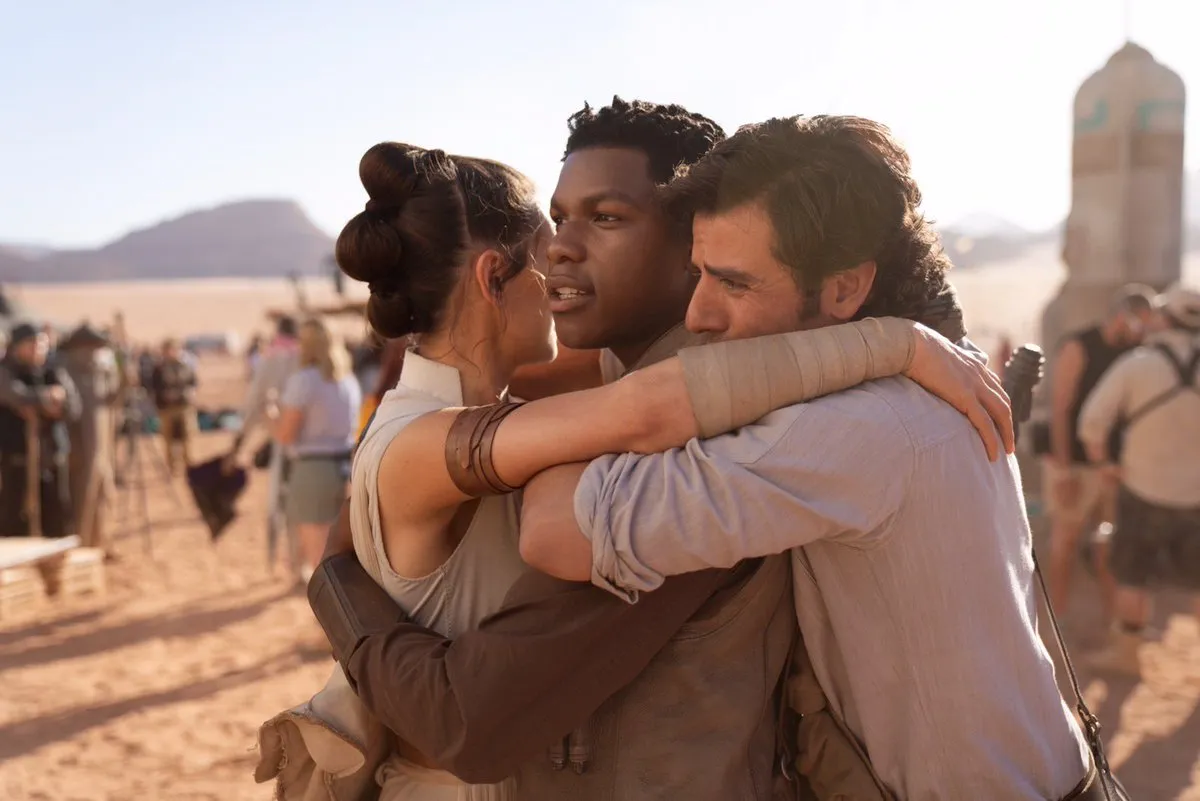
-
Star Wars: The Rise of Skywalker

